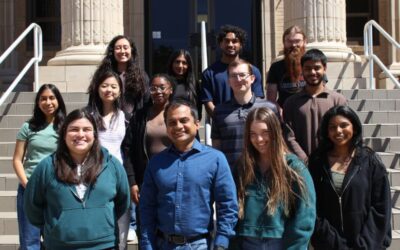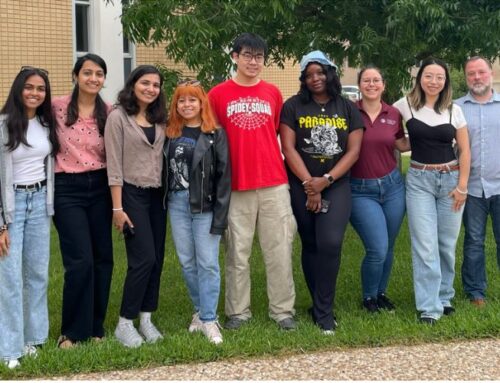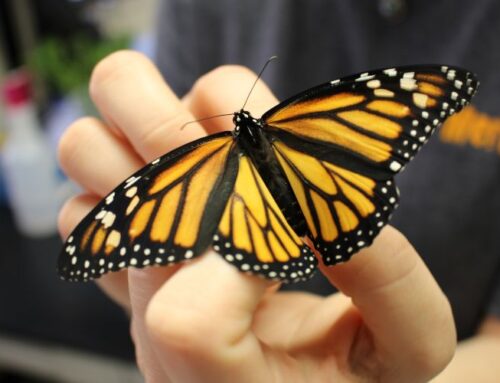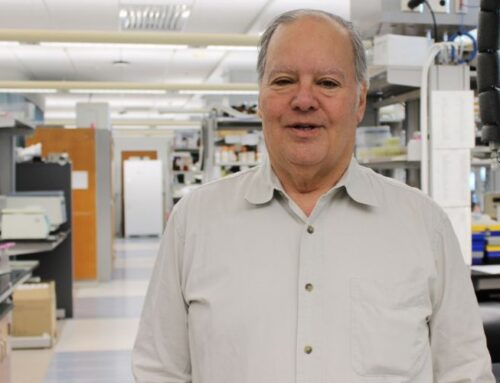How DNA Variants Shape Survival: Dr. Mahul Chakraborty Explores the Hidden Forces of Evolution
By: TAMU Biology

Dr. Mahul Chakraborty
What makes one organism thrive while another struggles? For Dr. Mahul Chakraborty, a researcher in the Department of Biology at Texas A&M University, the answer lies in the often-overlooked parts of our DNA. His lab studies how large-scale changes in genetic structure, known as structural variants (SVs), drive both disease and adaptation across species.
While many genetic changes are harmful, some confer advantages that help organisms survive, reproduce, or thrive in new environments. Dr. Chakraborty’s research explores the genomic and molecular basis of these adaptive traits, focusing especially on SVs such as duplications, deletions, and inversions. These large mutations can dramatically alter how genes function but are often missed by traditional genome analysis tools. By combining cutting-edge genomics, genome editing, and population genetics, Dr. Chakraborty’s lab is uncovering how these changes shape everything from insect resistance to disease to human health.
Another area of focus is the evolutionary tug-of-war between the sexes. Using flies and mosquitoes as models, Dr. Chakraborty investigates how differences in male and female genetic interests—what scientists call sexual conflict—are written into the repetitive, little-understood regions of sex chromosomes like the Y and W. His lab is pioneering ways to study these regions, shedding light on how DNA that was once thought of as “junk” actually drives important biological differences between males and females.

Chakraborty Lab
Why It Matters
Understanding structural variants and how they affect traits is critical for everything from improving disease diagnostics to managing the spread of invasive species. Dr. Chakraborty’s research helps explain why some organisms become better adapted to their environments—whether that’s a crop pest evolving resistance, or a mosquito adapting to new climates. By uncovering the molecular roots of adaptation, his work gives us tools to better predict and respond to biological challenges.





